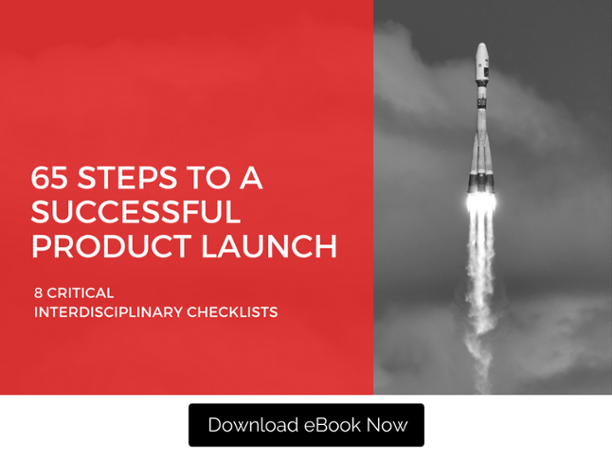It is that time of year again when companies are preparing for product launches in the New Year. There are a number of things that could go wrong that could make your launch crash and burn.

Let’s take a closer look.
- Launching a product is a process, not an event – This is the single most misunderstood concept in all of marketing. A product launch is not a date when you put a press release over the wire, the date when your web site goes live, or even when your product is listed for sale. That is just the beginning of a launch process that typically lasts for 120 days. Your team has likely spent the last sixty days developing content, sales tools, collateral, digital assets, and promotions to get ready to introduce your offering. Now they need to roll it all out using content marketing, social media, advertising, and webinars to generate leads and that takes time.
- Make sure everyone in your company is on the same page – Everyone the company should receive some type of internal communication prior to going public that talks about the launch with Q&As. Some firms, more specifically product managers even set up a marketing hotline to answer employee questions during the first few weeks of the public launch process.
- Lack of cross-functional communication - In many organizations, departments tend to operate in silos and do not have insight into the inter-dependencies and timelines of their peers in other departments. Product launches are full of inter-department inter-dependencies.
- Not delaying a launch when the company is not ready - Sometime companies put a stake in the ground and commit to a product launch date. In some cases, it is prudent to push the launch date out particularly if you are not going to be able to deliver product within a 90 day timeframe. If you announce too early, you can easily undermine your credibility if you do not deliver on your promise as well as waste the momentum that you generated during the launch process.
- Not validating your claims – If you make a claim or a brand promise, you must be able to validate that claim with third party validation – a customer story or third party testing.
Additional Resources:
10 Signs of a Successful Product Launch
4 Secrets to a Killer Product Launch
7 Reasons why Product Launches Fail
Building Momentum for a New Product Launch




